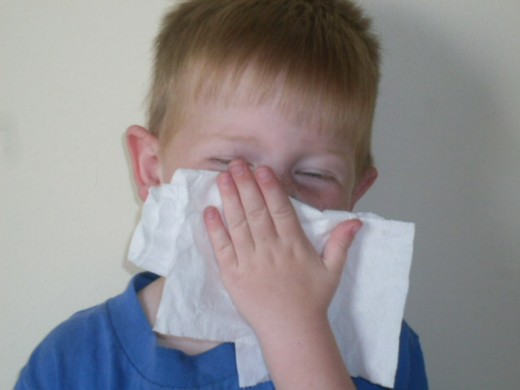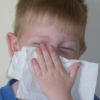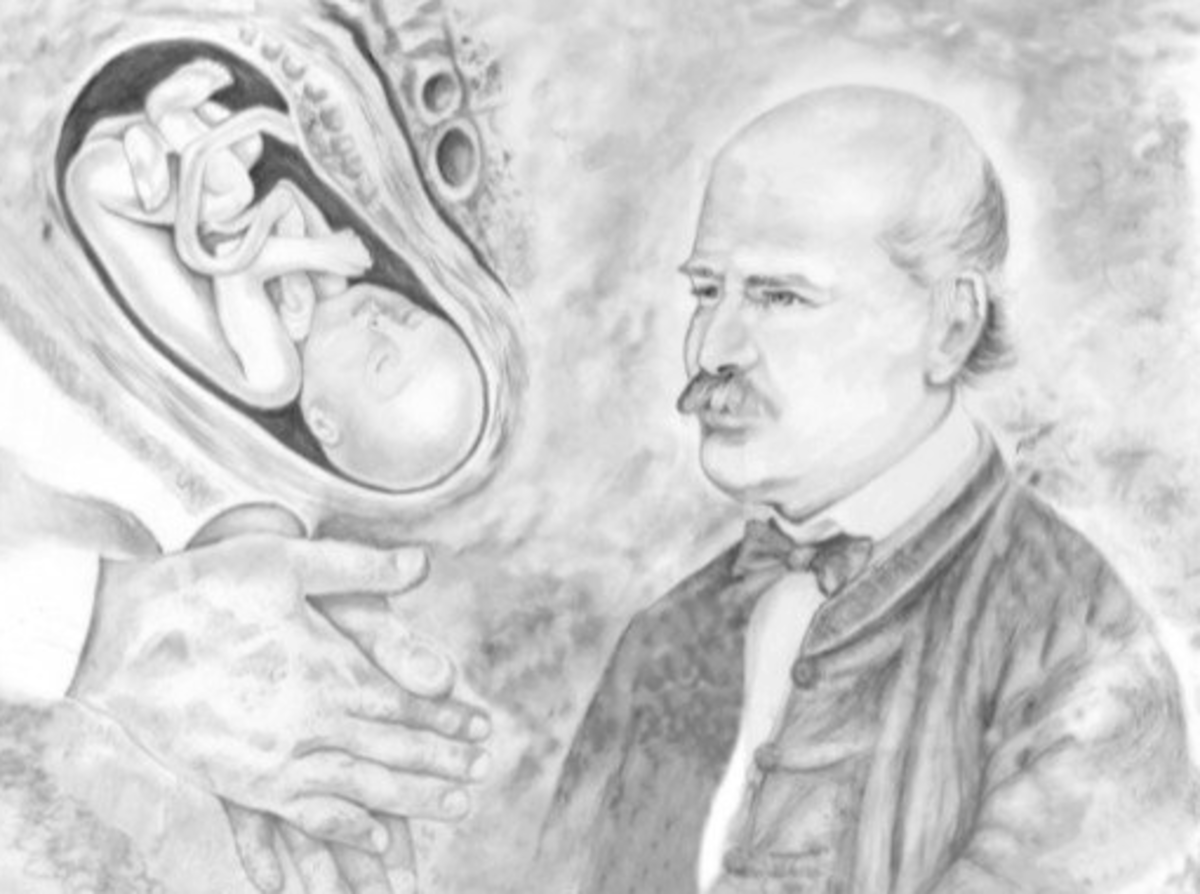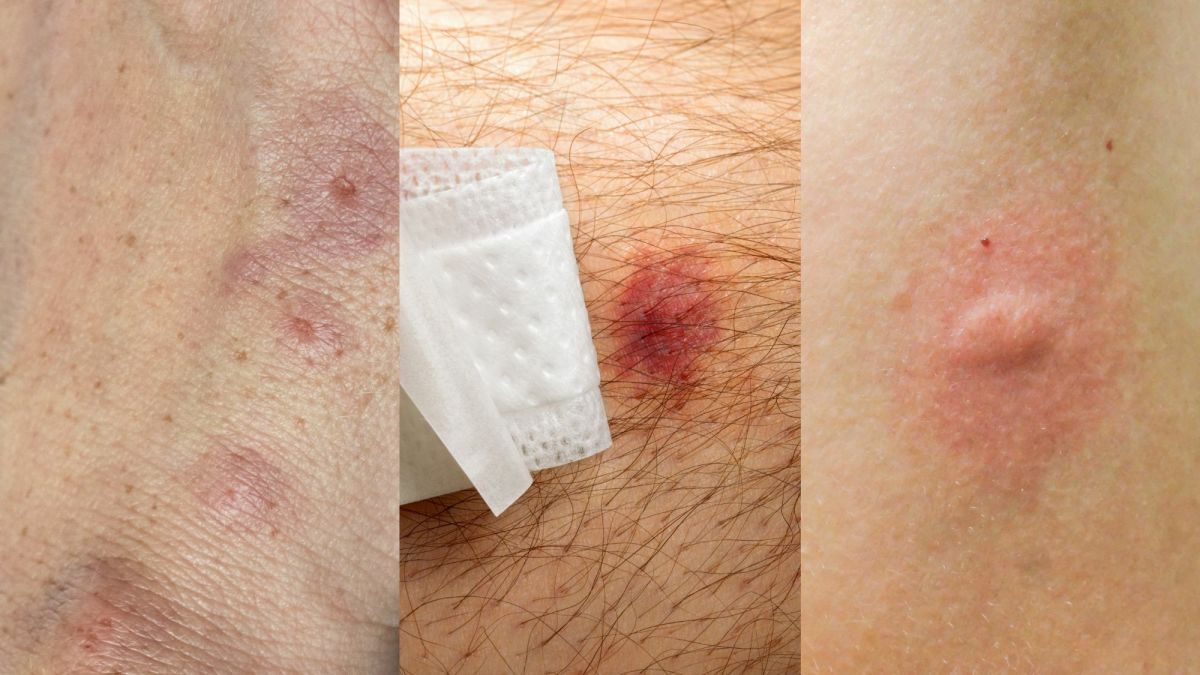Understanding Fever

Fever is a common problem suffered by patients. It is not a disease in itself, but a symptom of an underlying problem. With most acute, infectious illnesses, fever typically lasts only a short period of time and goes away on its own.
The body temperature is controlled by a part of the brain called the hypothalamus. While normal body temperature is often quoted as 98.6 degrees Fahrenheit, there can be a normal range of temperatures that vary given the time of day.
Many things cause temperature to vary. Most people have a range of body temperature between 97.5 and 98.9 degrees Fahrenheit. Temperature is usually lowest in the early morning and highest in the late afternoon. After exercise, body temperature is higher.
Whole books have been written about fever and it is a complex topic. Fever can be classified as acute or chronic. Most cases of acute fever are related to some sort of infection and last two to five days. This article will look at acute fever.
Chronic fever is a much more complex topic and will not be addressed here. Chronic fever is a fever that lasts beyond three weeks and may indicate a chronic or serious infection, cancer or an autoimmune disease (for example, rheumatoid arthritis or lupus).
Commonly, with fevers, the body shakes in a process called chills. When the body temperature stabilizes at a higher temperature than the normal body temperature, your skin will feel hot. When the fever “breaks” and temperature returns to normal, the body usually sweats as it gets rid of extra heat.
At times a fever is a good thing, it helps the body fight infection. It also lets the patient know something is wrong. At times fever can be dangerous and it is important to know when fever needs to be evaluated by a health care provider.
Fever is often accompanied by a multitude of other symptoms such as a sore throat, stuffy nose, cough or earache. In addition, fever can be the source of a lot of discomfort. Fever can be associated with:
· Body aches
· Headache
· Loss of appetite
· Chills
· Sweating
· Weakness
Individuals who have high fevers may become confused and even have hallucinations. Irritability is another factor that is often associated with fever. One potentially scary consequence of fever is the febrile seizure. The febrile seizure is more common in individual less than 5 years old. It is most common when there is a rapid increase or decrease in body temperature.
Measurement of Fever
How should a fever be monitored? Many patients can tell when they have a fever, but have a difficult time quantifying the degree of the fever. Knowing the degree of fever is important as it can help determine if you need to be evaluated by a health care provider.
Oral, rectal, axillary, tympanic and surface thermometers are all available for the evaluation of body temperature.
Taking the temperature via the oral route is a very common way to measure temperature. Its accuracy is affected by many factors including:
· The placement of the probe. The probe should be placed under the tongue with the probe in the back of the mouth.
· Opening the mouth, which allows air to flow over the probe.
· Mouth breathers or hyperventilation can reduce the accuracy of the temperatures.
· Drinking cold or hot beverages can affect the temperature within five minutes of having the temperature taken.
· Smoking can affect the accuracy of the oral temperatures.
The axillary (in the armpit) route is not preferred, as it tends to be the least accurate.
Taking the temperature rectally is considered the gold standard, but can be quite unpleasant and at times risky. It takes about five minutes to get an accurate reading. Risks include: damage to the rectal wall and potential infection. The accuracy of the rectal reading can be affected by poor technique and a stool impaction. A rectal reading is about one degree Fahrenheit higher than an oral reading.
Checking the temperature over the forehead is another common way to measure temperature. This method utilizes the heat coming off the temporal artery, which sits close to the skin on the forehead. This method is rapid and is well tolerated by young children.
Taking the measurement in the ear is a popular way to measure the temperature. This method measures the heat of the eardrum. Errors occur with this method when there is poor technique, excessive earwax, those with small ear canals that are not suitable for the probe and those who have ear infections. Ear thermometers should not be used in those younger than 6 months.
Ear thermometers provide rapid results and are convenient to use. They do have some downsides including: cost, need for batteries and need for frequent calibration.
When to visit the health care system
More than just looking at the body temperature, it is important to consider the whole patient when evaluating the individual with fever. Some things to notice are: Is the child irritable, crying, complaining of pain, excessively sleepy, coughing, complaining or any congestion or any other unusual symptoms.
The child who has a fever of 102 degrees Fahrenheit and is playing and eating well and demonstrates no irritability is likely not that sick. The child with a fever of 101 degrees Fahrenheit who is extremely sleepy is more likely to be very sick.
Life-threatening infections are rare, but should be considered anytime there is a fever. Meningitis (infection in the central nervous system), peritonsillar abscess (severe infection in the throat), peritonitis (infection in the stomach) and a variety of other conditions may be potentially life threatening. How do you know if you may have one of these conditions? Certain symptoms, when accompanied by a fever, should be evaluated by a health care provider as soon as possible (see red flags).
Red Flags
Red flags are situations that require urgent and sometimes emergent medical care. Red flags for fever vary depending on age. The list is long, but most red flags are not common.
· Stiff neck
· Abdominal pain
· Persistent vomiting
· Extreme sleepiness
· Excessive crying or fussiness in a child
· Severe headache
· Sensitivity to bright light
· Shortness of breath
· Chest pain
· Difficulty swallowing/drooling/severe sore throat
· Severe heart or lung disease such as severe emphysema or heart failure (usually in adults).
· Confusion
· Immune system dysfunction (for example, those with cancer or AIDS)
· Anyone with head trauma
· Newborns who have a temperature less than 97 degrees Fahrenheit
· A child with a purple rash
· Children with a history of febrile seizures
· Risk for hyperthermia (someone who has participated in extreme exercise or who has been left in a hot environment such as a car)
· Any fever over 105 degrees Fahrenheit, fever above 106 degrees Fahrenheit often occurs with bleeding into the brain
· Anyone under 6 months-old who has a rectal temperature equal to or greater than 100.4 degrees Fahrenheit
· Anyone under 2 years-old who has a rectal temperature greater than or equal to 103 degrees Fahrenheit
· An adult or older child with a persistent fever above 103 degrees Fahrenheit
· Fever that persists beyond five days
· Individuals who cannot describe the symptoms need evaluation (young child or older adult with confusion)
Treatments
When it comes to treatment of fever a few questions need to be addressed. First, should fever be treated? Second, how should fever be treated?
Many people think that fever is there for a reason and suppressing the fever reduces the body’s ability to fight the infection or what ever is causing the fever. Increased body temperature is able to kill or reduce the growth of some germs that cause disease.
Fever does not have to be treated if it is low grade and the individual is not uncomfortable. Many experts believe a fever should not be treated if it is below 102 degrees Fahrenheit. A temperature above 102 degrees Fahrenheit should be treated. If the individual is miserable – even if the fever is low grade - the fever should be treated. Treating the fever is one of the simplest measures to improve comfort.
The use of non-drug treatments is appropriate for most cases of fever. Assure that there is adequate fluid intake. Fevers can increase the risk of dehydration, which needs to be guarded against. Plain water is the best replacement of the adult. Younger children may benefit from an oral hydration solution such as Pedialyte. Fluid should be increased by about one once in the child per hour and 2-3 ounces per hour in the adult with fever.
Wear light clothes. Do not dress in layers or bundle up under blankets.
Sponging may help reduce body temperature in mild fever but when the temperature is above 104 degrees Fahrenheit it should not be used as there may be shivering. Shivering is dangerous in the child with a high fever because this may increase body temperature further.
Medications
Fever that creeps above 102 degrees Fahrenheit should probably be treated. The three most common medications used in the treatment of fever are:
· Aspirin
· Acetaminophen
· Non-Steroidal Anti-Inflammatory Medications (NSAIDS)
Aspirin is a pain reliever as well as a medication that will help bring down fever. It may upset the digestive tract in some people and has been linked to ulcers. One advantage is that it is inexpensive. Aspirin is not recommended in those who are under 18 as there is a risk of a rare neurological disease called Reye's syndrome.
While children should not use aspirin or naproxen sodium (Aleve) they can use both acetaminophen and ibuprofen. The dose of acetaminophen and ibuprofen is based on weight.
Acetaminophen, known under the brand name Tylenol, is a common medication to treat both pain and fever. When used for short periods of time it is a very safe drug. It lacks major drug interactions.
One draw back with this medication is that it lacks anti-inflammatory effects. This means that when there is inflammation, which often contributes to certain types of pain, acetaminophen may not the best option.
It is toxic in high doses and should be minimized to less than 4 grams a day in the adult. If you follow the labeling on the bottle, you will not overdose. In overdose, acetaminophen has its toxic effect on the liver. Combining acetaminophen and alcohol is not recommended.
Acetaminophen will provide relieve for 4-8 hours depending on which formulation is taken.
Non-Steroidal Anti-inflammatory (NSAIDS) medications are another group of medication that are commonly used in the treatment of pain and fever. Like acetaminophen, it is safe when used for a short period of time. NSAIDS have more side effects and needs to be used cautiously in certain groups of people, especially when used for extended periods of time. People at risk included those with kidney disease, heart disease, heart failure, high blood pressure and stomach ulcers.
NSAIDS have more side effects than other medications. They should not be used in combination with alcohol. In addition, their regular use may interact with some blood pressure medications.
Naproxen sodium is another pain/fever reducer that is classified as a NSAID. It is not indicated for the child less than 12 years old and has similar side effects as ibuprofen.
What to do?
1. If you suspect a fever, you should quantify the fever by measuring the body temperature.
2. Are there any red flags? If yes, contact your health care provider.
3. Take inventory of your symptoms to help determine the possible cause of your fever (Table 2). Refer to other sections on those other symptoms
4. If temperature is above 102 degrees Fahrenheit use drug and non-drug methods to reduce fever.
Table 2: Possible cause of fever
Condition
Some possible symptoms
Bronchitis
Deep cough
Common cold
Sore throat, cough, runny or stuffy nose
Ear infection
Ear pain, recent cold or history of allergies
Influenza
Non-productive cough, body aches, feeling run down
Pneumonia
Cough, shortness of breath
Throat infection
Sore throat
Upper respiratory tract infections
Cough, nasal congestion, runny nose
Urinary tract infection
Frequent urination, burning upon urination, the need to urinate urgently








